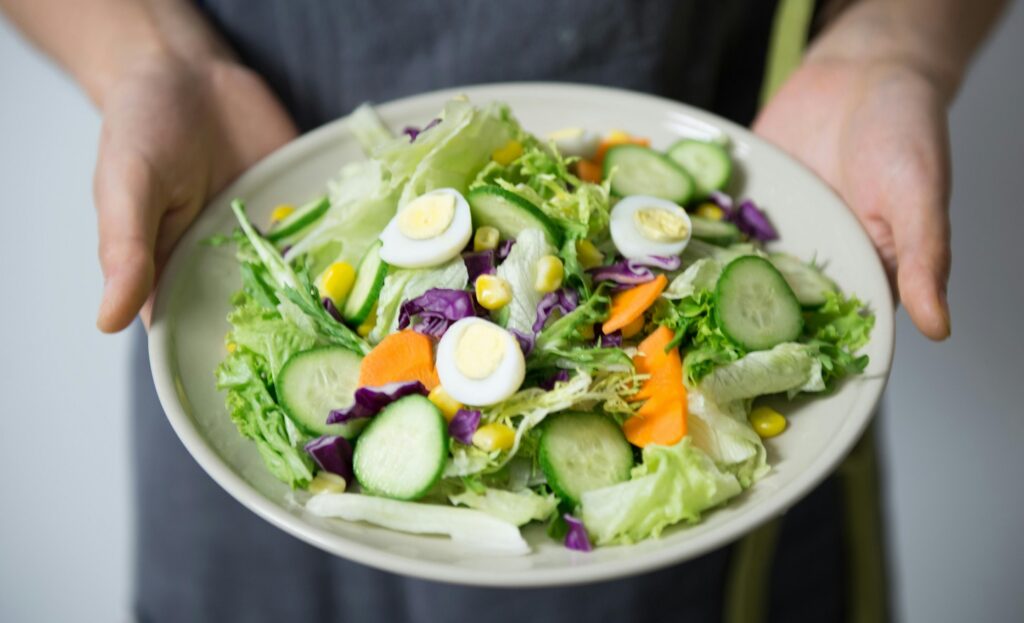One of the key principles of healthy eating is building a balanced plate. By incorporating a variety of nutritious foods into your meals, you can ensure that you are getting the essential nutrients your body needs to thrive. In this guide, we will explore the components of a balanced plate and provide tips for creating healthy meals that nourish your body.
The Importance of Balance
A balanced plate consists of a combination of different food groups, including fruits, vegetables, whole grains, lean proteins, and healthy fats. Each of these food groups provides essential nutrients that support various functions in the body. By including a variety of foods in your meals, you can ensure that you are getting a wide range of vitamins, minerals, and other important nutrients.
Incorporating Fruits and Vegetables
Fruits and vegetables should make up a significant portion of your plate. These foods are rich in vitamins, minerals, antioxidants, and fibre, which are important for maintaining good health and reducing the risk of chronic diseases. Aim to fill half of your plate with colourful fruits and vegetables, such as leafy greens, berries, peppers, and carrots, to ensure that you are getting a diverse array of nutrients.
Choosing Whole Grains
Whole grains are an important source of carbohydrates, which provide the body with energy. Unlike refined grains, which have been stripped of their nutrient-rich bran and germ, whole grains contain the entire grain kernel, including the bran, germ, and endosperm. This means that they are higher in fibre, vitamins, and minerals. Incorporate whole grains such as brown rice, quinoa, oats, and whole wheat bread into your meals to add variety and nutritional value to your diet.
Including Lean Proteins
Protein is a vital nutrient required for the body’s tissues to develop, mend, and maintain itself. When building a balanced plate, it’s important to include lean sources of protein, such as poultry and fish, beans, lentils, tofu, and low-fat dairy products. These foods are lower in saturated fat and cholesterol compared to fatty cuts of meat, making them healthier options overall.
Adding Healthy Fats
Healthy fats are an important part of a balanced diet and are essential for supporting brain health, hormone production, and nutrient absorption. Include sources of healthy fats such as avocados, nuts, seeds, and olive oil in your meals to add flavour and richness. Aim to choose unsaturated fats, which are found in plant-based foods and fatty fish, over saturated and trans fats, which can increase the risk of heart disease.
Balancing Portions
In addition to choosing the right foods, portion control is also important for building a balanced plate. Even if the food is nutritious, pay attention to portion sizes and refrain from overindulging. You may maintain a healthy weight and avoid overindulging by eating thoughtfully and paying attention to your body’s signals of hunger and fullness.
Creating a meal that is balanced is a cornerstone of eating healthily. By incorporating a variety of nutritious foods into your meals, including fruits, vegetables, whole grains, lean proteins, and healthy fats, you can ensure that you are getting the essential nutrients your body needs to thrive.





